DITO Publishing is a Rome-based independent publishing house for contemporary photography and visual arts, founded in 2020 by Martha Micali and Klim Kutsevskyy.
Could you tell your story of the publishing house? Why are you interested in work connected to photography?
DITO was born from the idea of doing a book together, between the two of us founders. As we listened to this urge, we saw that we were very stimulated by the idea of working together on the design and conception of books not only for ourselves but also on the work of other artists. What we do is very much related to our own taste and language. DITO was born as a direct result of the work of two artists, and this inevitably conditions the projects we choose and the way we imagine and realise the books.

Martha Micali "Sogno o Lydia"
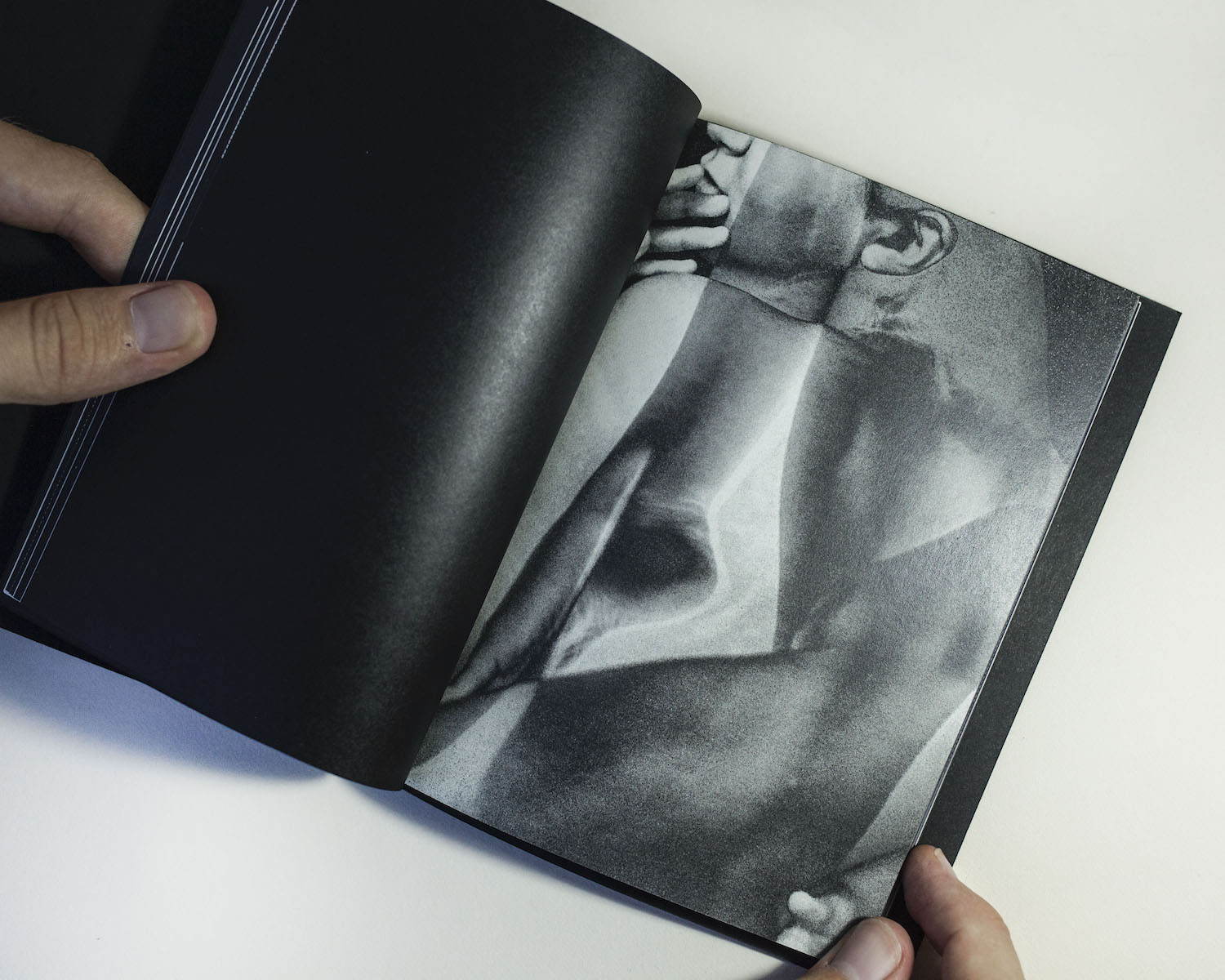
Klim Kutsevskyy "nel buio più acceso"
What is your mission, your goal?
DITO Publishing was founded with the specific intention of giving voice to photography-based and paper-based media works, trying to create a bridge between the strictly photographic field and that of contemporary art. Gradually we have opened ourselves up to collaborations with artists and curators who work in the same or similar direction and who use the photographic medium and/or paper in their research, exploring their possibilities, solutions and combinations. Furthermore, we are interested in giving voice to forms of research on the language of photography that are underrepresented in the Italian editorial sphere, even though they are very present in the practice of many artists and photographers working in this country. We are therefore interested in representing an act of dynamism and vivacity, in rebuilding a path made up of relations and exchange, and in constituting an alternative for artists who do not feel affinity with the dominant system of photography made up of competitions, prizes and paid services.
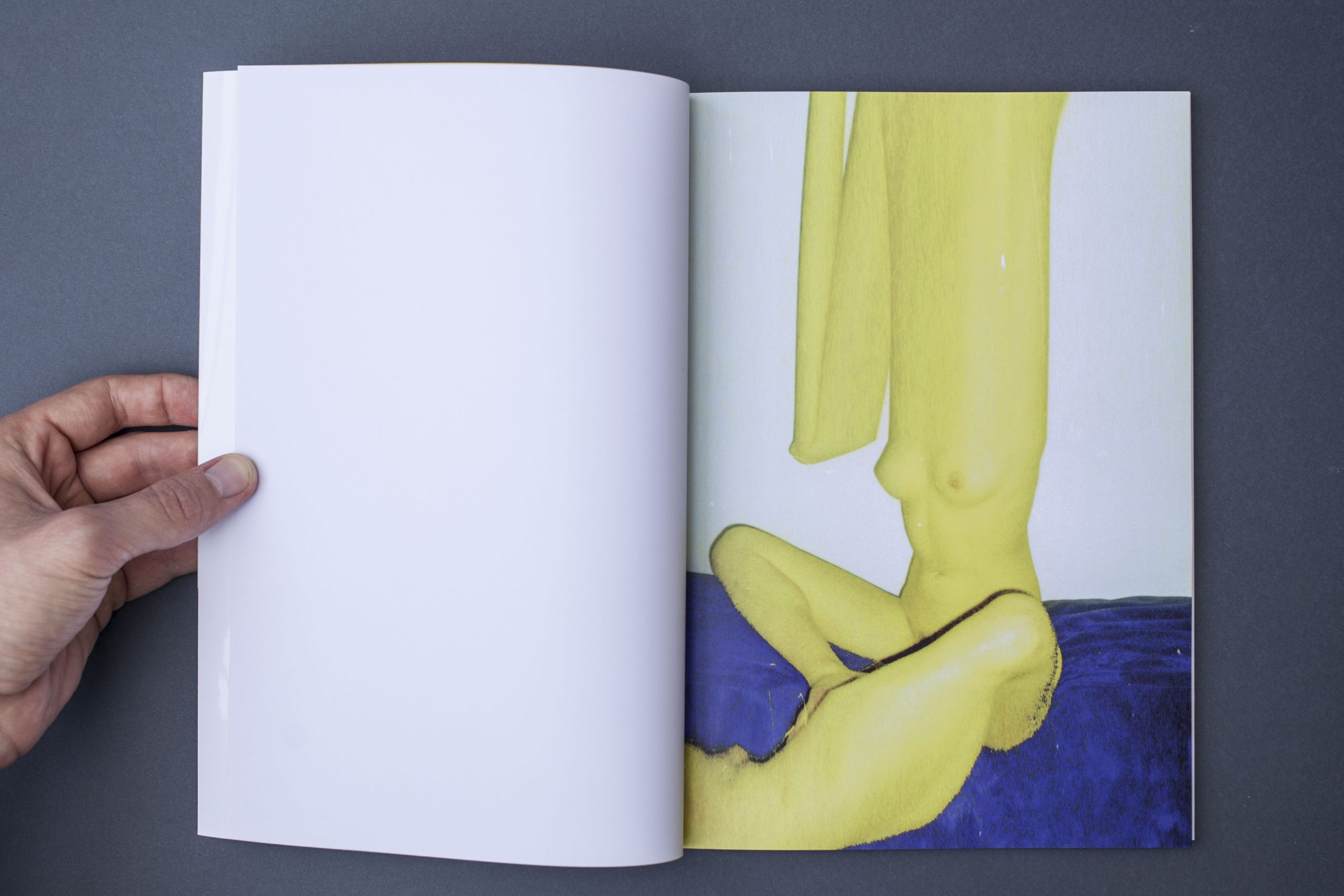
Luca Baioni "Study for the female body"
Do you face any difficulties in publishing? What are they?
The number of proposals for collaborations to publish a book is exponentially larger than the number of people interested in buying books. The number of authors exceeds the number of people interested in their work. And the authors themselves who propose have often never even looked at one of our books before writing to us. So I believe that one of the problems in this field is found in forms of superficiality and selfishness.
In Italy, moreover, we have the difficulty of not having high-level realities with which to relate in order to grow. There are very few support structures and a mid-level proposal far lower than the European and global ferment around photography and the photographic book.
Above all, there is very little funding in the field of art publishing, which makes everything more difficult.
How do you make the decision to work with particular authors? What are the criteria of choice?
We believe it depends on two main factors, one is the quality of the research that the artist brings to us, so if we like it, if it moves us and excites us; another is the empathy between us and the person. To work together, it's important to be aware of the role each person plays and the ability to trust, reciprocate and listen to each other. Knowing that we are equals within a process that, if experienced properly, will bring satisfaction to all.

Alessio Pellicoro "Abisso"
Could you tell us about the stages of developing a book? How does the communication between an author and a publisher take place? How much time does it usually take from the moment when the idea is born to the realization? What happens when the pressrun is ready?
We often start with a group of photographs or images that we request from the author or that the author proposes to us. If that mutual interest in working together is triggered then we go through various moments of discussion, reflection and dialogue, when possible in person and if far away through video calls and e-mails. We then proceed to an editing phase on our part and proposals regarding the design that the publication might have. This is also where the relationship with the printing and binding workshops begins. Throughout this process, communication with the author is very important to us and the time it takes depends on each one. We consider each project on its own, and each author has his own specificities, with some the time is very short, with someone else it takes even more than a year of discussion before arriving at the finished book.
When the book is ready, the phase of distribution and arranging presentations or launch events begins. In this phase, the author's help in identifying the right places for him is also very important, and because DITO is a small publishing house, it needs everyone's good energy.
Another very important aspect are festivals and various occasions where you can take your book and present it. This puts you in contact with the context of publishing and photography and amplifies the resonance that specific work will have.
Could you tell us about the commercial relationships with authors? Do the authors contribute financially to the production? Or is there a system of fees or a percentage of sales?
It depends on the project. To date, we have produced 100% of every photography book published, while on occasions related to visual arts events or exhibitions we have used public funds through calls for tenders or asked the gallery or the artist himself to cover the costs.
Based on some difficulties already expressed, we have decided that in future, also for photography projects, there will be a co-participation of the production costs with the author, in a variable percentage depending on the characteristics of the project.
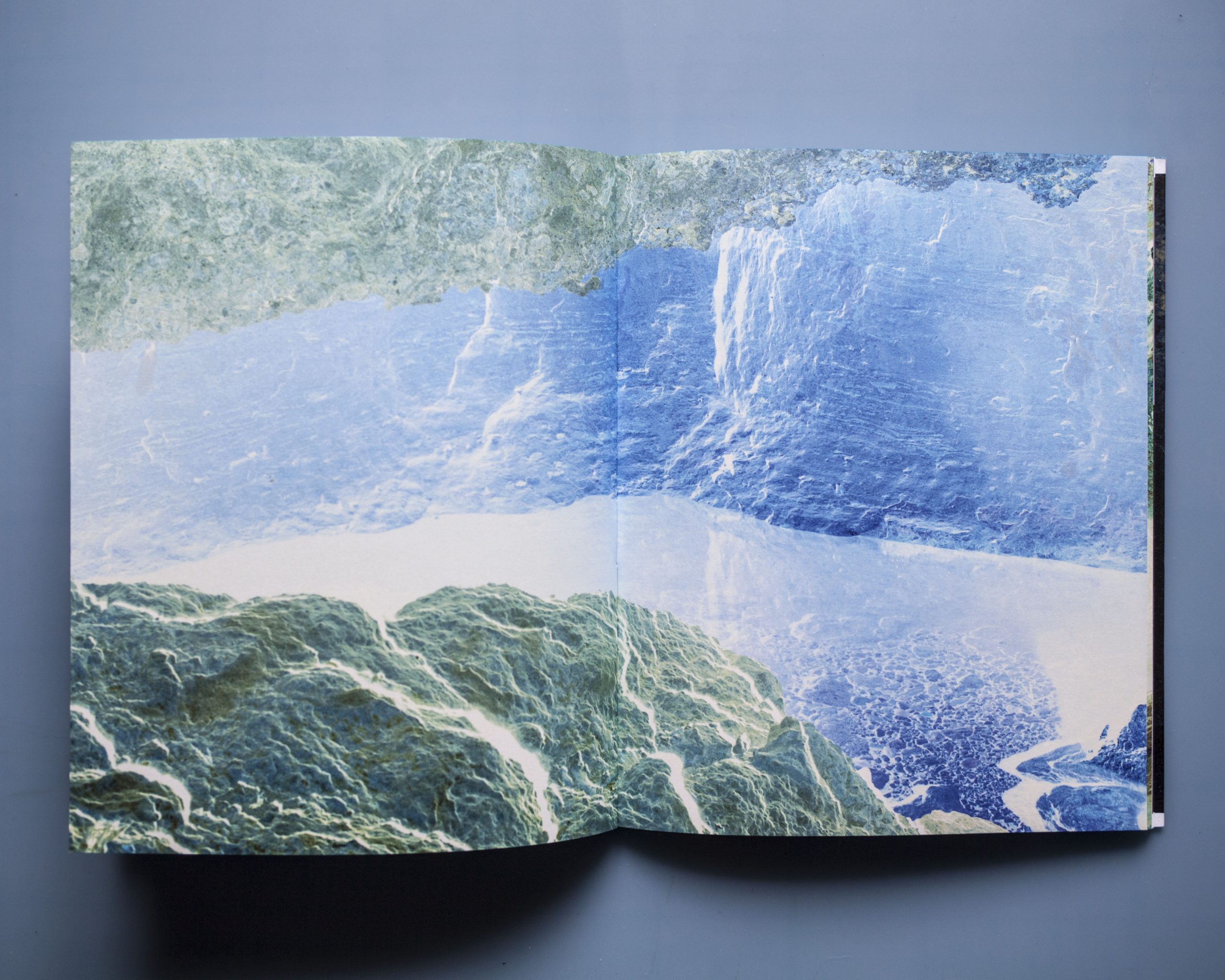
Alessio Pellicoro "Abisso"
How many books do you publish a year? Are there any other projects inside the publishing house except the author books?
We publish about 7 books a year, with a few extra projects. They range from a photography book, an artist's book, an exhibition catalogue or leaflet, to small editions such as posters always for events and exhibitions.
Is your work team large? If it is not, how do you assign roles?
There are two of us, Klim mainly takes care of the graphic direction, layouts and book design, Martha mainly takes care of editing, art direction, editorial coordination and external relations. Working very synergistically, however, these tasks often have fluid and overlapping boundaries, and everything is shared and discussed together. In some projects we integrate new designers because we like the prospect of expanding the teamwork and letting new perspectives interact with our own.

Veronica Milli "Valdescura è lontana un’ora dal mare"
What has changed in the publishing house and in your work since the first book was published? Did you have difficulties, complex emotions and how did you manage to get through it?
At the beginning the enthusiasm was great, it is still great now, and we feel that our path continues to be enriched by stimuli and encounters. Certainly a greater awareness has arisen, and also a greater lucidity with respect to the answers to be given to the outside world, both with respect to the authors and the multiple realities with which we interface.
We are gradually understanding how to make the best use of the publishing house's energies, while maintaining its founding spirit of participation, joy and curiosity.
Do you have an internship program? If you do, what are the conditions to become a part of your team?
Not yet, but we will work on it for the future. In general we want to work with people who can listen and are very curious.
How can the artists send you their projects for consideration? What is the first thing artists should pay attention to, when they send you the appliance?
Artists can send us an e-mail and propose their photographs or images. They can also tell us why they want to make that book together with us. One important thing for us is that there is an awareness of our production and the artists already published. Because this gives parity and dignity to any future relationship. And it shows that the author is aware of his language and ours.
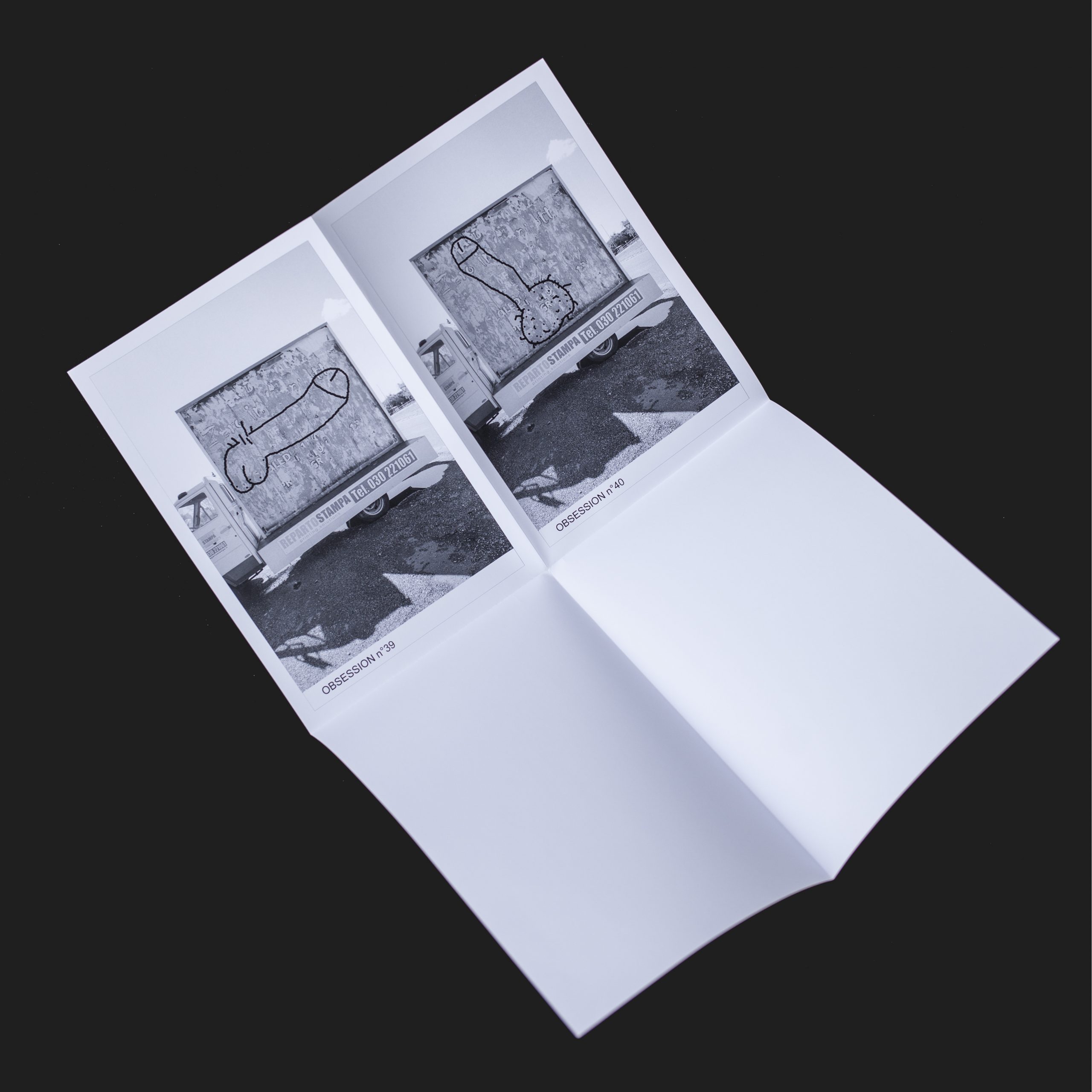
Attilio Solzi "OBSESSION"
Is there an artists support program in your publishing house or an educational platform (workshops, lectures)?
No, we have no plans to do so for the time being.
Do you have a "successful work formula"? Or even a motto?
Mmh no, but we have fun creating combinations and compound words with DITO (FINGER) whenever we get the chance ahaha.
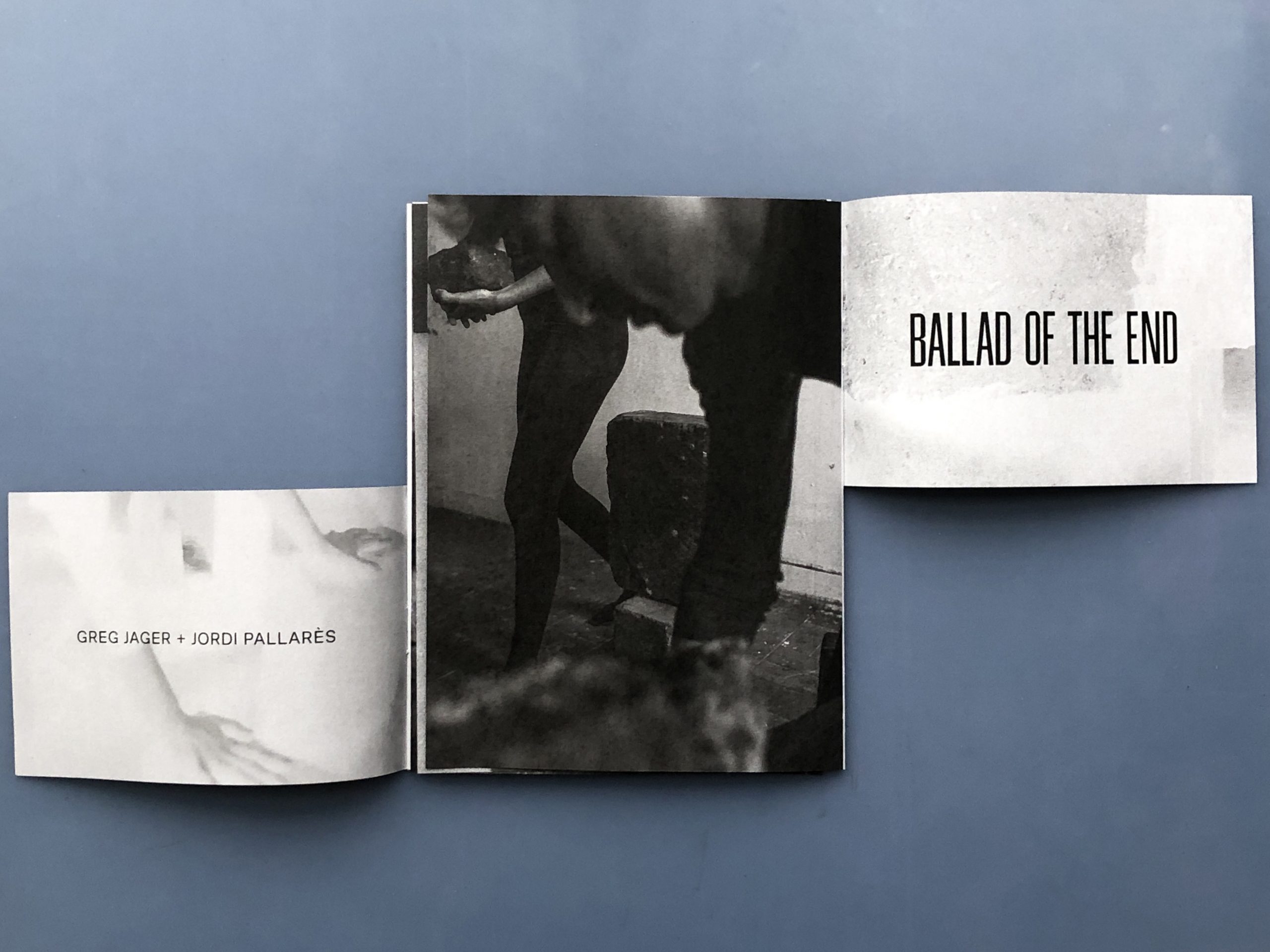
Greg Jager and Jordi Pallarès "Ballad of the End"
What plans do you have for next year? What are you dreaming of?
We dream of having more and more resources to be able to produce and bring forward the artists we like. We are working on the release of the next books with Sara Palmieri and Silvia De Giorgi, authors we really appreciate and love their work, and this gives us a strong drive to move forward. We see the future as stimulating and full of travel and opportunities, including abroad, to spread what we do.
DITO Publishing website